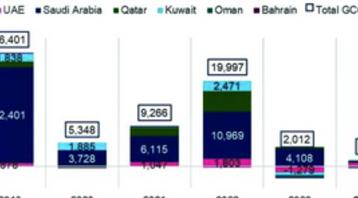Actualités • Corporate social responsibility
The Journey to environmental excellence: Industry Process Transformation

Project context:
One of the most cited reasons why the transition to green industry still takes so much time and effort today is the complexity of integrating 'sustainable practices' into a company's industrial and operational processes.
One of our historic clients, a leading automotive company based in Aachen, Germany, asked us to help them reduce their factory's CO2 emissions by 65%. This was a huge challenge for all of us as we are talking about more than halving the emissions from a factory that produces more than 1.6 million windscreens.
The project is currently in the final stages of implementation, and so far, we have achieved and validated a 53% reduction in carbon emissions simply by redesigning the factory's operating model, including the PLM (product lifecycle management), SCM (supply chain management) and MoM (manufacturing operations management) processes.
This project has delivered an immediate return on investment for our client with a 25% reduction in production RCs (recurring costs) and energy optimization utilities.
Major takeaways and tips for similar cases
We have been able to achieve such results in a short period of time, implementing the designed solutions without interrupting production and with very controlled OpEX costs, because we started by cleaning up the various processes, then analyzing the various emissions and wastes generated, and finally designing and implementing the cyber-physical solutions with the associated V&V and operability plan.
This project has allowed us to build up a solid track record when it comes to "making industrial processes more efficient and sustainable at the lowest possible cost". It's an ambitious equation, but we have proved that it is feasible and achievable for all companies concerned about the GHG of their industrial processes, and here are some of our takeaways for the matter:
- Greenhouse gas (GHG) calculations are not a matter of having the right IT tool/solution. Every company should first be able to know exactly and precisely where the GES levels are high and where they are lowest within their industrial processes. At this stage, we strongly recommend a proper process mapping and mining exercise, supported by some energy modelling.
- Minimizing the environmental impact of an industrial site should be considered over the entire product lifecycle, not just for a local or specific step in the value chain. Companies that opt for such solutions have low or no ROI and end up with high CapEx costs that can't be recouped later.
- Failure to consider the relevant environmental and safety regulations at an early stage in your production process will not save you money but will put your business at risk to an extent that may not be controllable at some point.
What this project was able to prove is that the journey to environmental excellence in the industrial sector is certainly not easy, and takes time, but its achievable and affordable for any company today.


